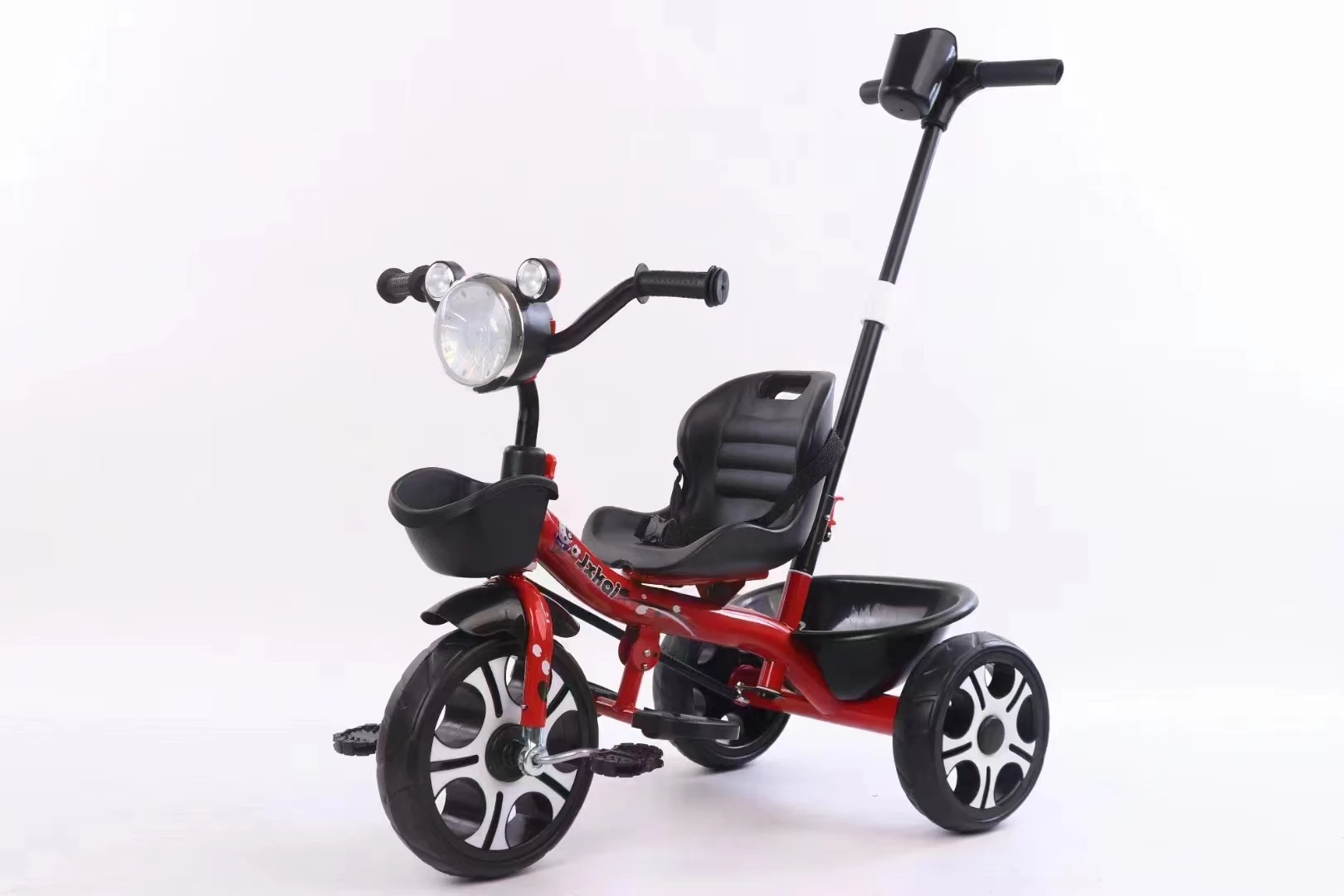
- Afrikaans
- Albanian
- Amharic
- Arabic
- Armenian
- Azerbaijani
- Basque
- Belarusian
- Bengali
- Bosnian
- Bulgarian
- Catalan
- Cebuano
- Corsican
- Croatian
- Czech
- Danish
- Dutch
- English
- Esperanto
- Estonian
- Finnish
- French
- Frisian
- Galician
- Georgian
- German
- Greek
- Gujarati
- Haitian Creole
- hausa
- hawaiian
- Hebrew
- Hindi
- Miao
- Hungarian
- Icelandic
- igbo
- Indonesian
- irish
- Italian
- Japanese
- Javanese
- Kannada
- kazakh
- Khmer
- Rwandese
- Korean
- Kurdish
- Kyrgyz
- Lao
- Latin
- Latvian
- Lithuanian
- Luxembourgish
- Macedonian
- Malgashi
- Malay
- Malayalam
- Maltese
- Maori
- Marathi
- Mongolian
- Myanmar
- Nepali
- Norwegian
- Norwegian
- Occitan
- Pashto
- Persian
- Polish
- Portuguese
- Punjabi
- Romanian
- Russian
- Samoan
- Scottish Gaelic
- Serbian
- Sesotho
- Shona
- Sindhi
- Sinhala
- Slovak
- Slovenian
- Somali
- Spanish
- Sundanese
- Swahili
- Swedish
- Tagalog
- Tajik
- Tamil
- Tatar
- Telugu
- Thai
- Turkish
- Turkmen
- Ukrainian
- Urdu
- Uighur
- Uzbek
- Vietnamese
- Welsh
- Bantu
- Yiddish
- Yoruba
- Zulu
Feb . 15, 2025 15:59 Back to list
Mountain Bike 26 Inch Shock-Absorbing Outdoor Riding Variable Speed Dirt Bike
Mountain biking has become a popular outdoor activity, drawing everyone from adrenaline-seeking adventurers to families looking for new weekend pastimes. However, selecting the right type of mountain bike is crucial to ensure you have the best experience. Not only does it enhance your performance, but it can also prevent injuries and increase the enjoyment of the ride. As someone deeply immersed in the world of mountain biking, I've gathered insights to help you navigate through the various types of mountain bikes, comparing their features, advantages, and ideal usage to guide you in making an informed decision.
Downhill mountain bikes are specialized machines built for one purpose descending as fast as possible. Featuring a strong and sturdy build, these bikes offer the highest suspension travel of any type, often exceeding 180mm, and are equipped to withstand incredibly tough terrain. They have a slack geometry, which optimizes stability and control during high-speed descents. Due to their weight and specific design, downhill bikes aren't suited for uphill pedaling but excel in downhill mastery, making them ideal for bike parks and steep trails. These bikes are best reserved for experienced riders who prioritize speed and technical skills over versatility. Finally, fat bikes boast oversized tires designed to traverse uneven ground such as snow, sand, or mud. The wide tires, often 3.8 inches or more, provide excellent traction and float over soft surfaces where conventional tires may sink. These bikes are perfect for adventurous riders living in regions with soft or loose terrains, allowing them to ride year-round regardless of the conditions. Although they aren't as agile or fast as traditional mountain bikes, their ability to handle varied surfaces opens up possibilities for exploration in environments others may avoid. In summary, the choice of mountain bike depends largely on the kind of riding you intend to pursue. Cross-country bikes are best for speed enthusiasts, trail bikes offer versatility, enduro bikes cater to the adrenaline rush on rough terrains, downhill bikes suit gravity-defying descents, and fat bikes enable riding on soft, challenging surfaces. Whatever your preference, selecting a bike aligned with your specific needs will invariably lead to more enjoyable and fulfilling mountain biking adventures.


Downhill mountain bikes are specialized machines built for one purpose descending as fast as possible. Featuring a strong and sturdy build, these bikes offer the highest suspension travel of any type, often exceeding 180mm, and are equipped to withstand incredibly tough terrain. They have a slack geometry, which optimizes stability and control during high-speed descents. Due to their weight and specific design, downhill bikes aren't suited for uphill pedaling but excel in downhill mastery, making them ideal for bike parks and steep trails. These bikes are best reserved for experienced riders who prioritize speed and technical skills over versatility. Finally, fat bikes boast oversized tires designed to traverse uneven ground such as snow, sand, or mud. The wide tires, often 3.8 inches or more, provide excellent traction and float over soft surfaces where conventional tires may sink. These bikes are perfect for adventurous riders living in regions with soft or loose terrains, allowing them to ride year-round regardless of the conditions. Although they aren't as agile or fast as traditional mountain bikes, their ability to handle varied surfaces opens up possibilities for exploration in environments others may avoid. In summary, the choice of mountain bike depends largely on the kind of riding you intend to pursue. Cross-country bikes are best for speed enthusiasts, trail bikes offer versatility, enduro bikes cater to the adrenaline rush on rough terrains, downhill bikes suit gravity-defying descents, and fat bikes enable riding on soft, challenging surfaces. Whatever your preference, selecting a bike aligned with your specific needs will invariably lead to more enjoyable and fulfilling mountain biking adventures.
Latest news
-
The Ultimate Kids' Four-Wheeler Experience
NewsJul.09,2025
-
The Ultimate Guide to Mountain Bikes: Gear Up for Your Ride
NewsJul.09,2025
-
The New Age of Cycling: Electric Bikes for Every Rider
NewsJul.09,2025
-
The Best Kids Bicycles: Ride in Style and Safety
NewsJul.09,2025
-
The Best 3-Wheel Scooters for Kids: Fun, Safety, and Adventure
NewsJul.09,2025
-
Revolutionize Your Ride: Affordable Electric Bikes
NewsJul.09,2025
-
Finding the Perfect Mountain Bike for Every Rider
NewsJul.09,2025



